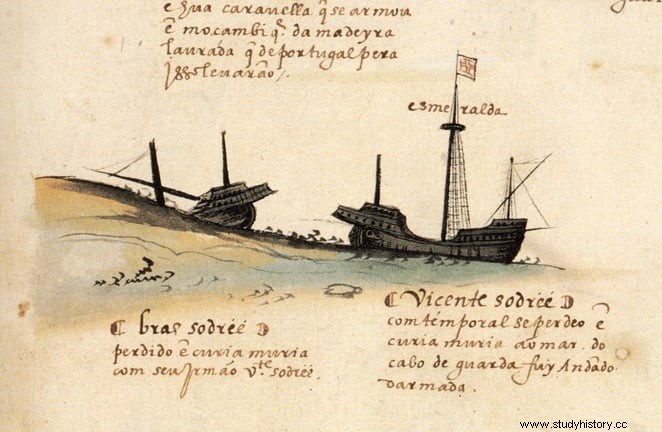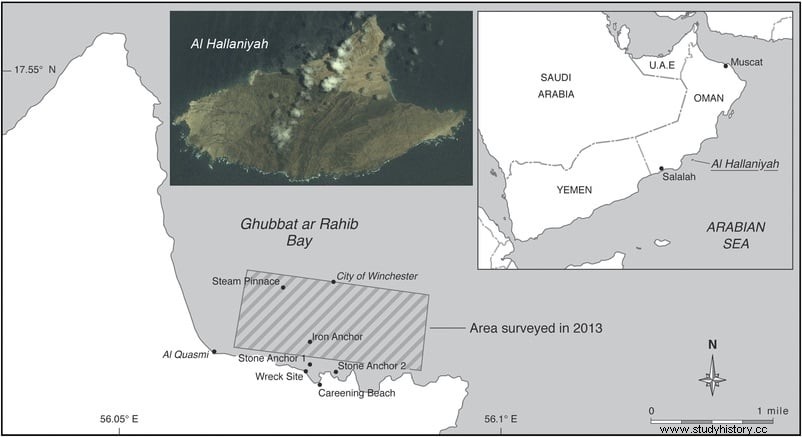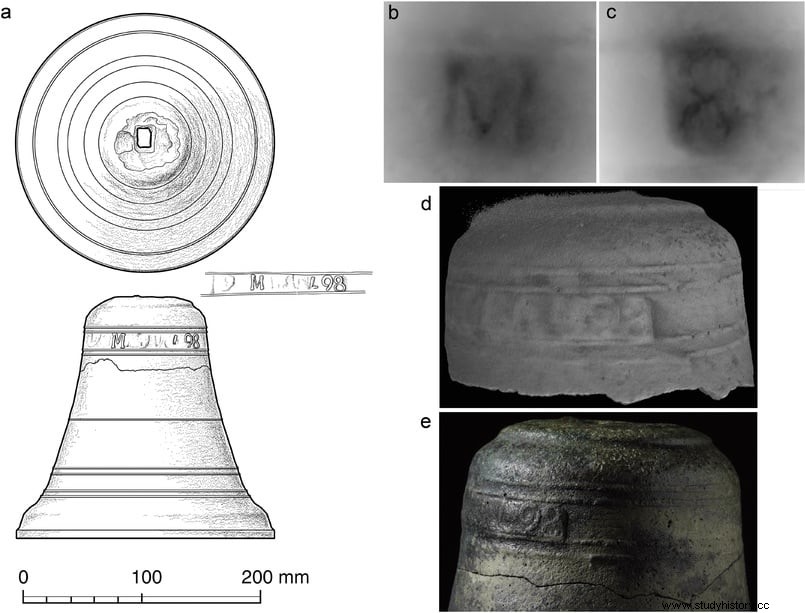Archaeologists have discovered off the coast of Oman one of the sunken ships of the second expedition of the Portuguese Vasco da Gama to India in 1502. It is the oldest shipwreck of the age of discoveries found so far.
Since Vasco da Gama discovered the maritime route in 1498, Portugal annually sent expeditions on the so-called Carreira da India. These had to make a long and complicated journey, bordering the entire west African coast, doubling the Cape of Good Hope and then heading north along the current Kenyan coast. Then they went into the Indian Ocean heading for Calicut (Kozhikode), in southern India. As many as 219 ships were lost along the way between 1498 and 1650, although very few of these wrecks have been found. Those that have been located were looted before archaeologists could study them.
The oldest of those examined so far was the Sao Joao , sunk in 1552. But there was an archaeological gap of 54 years between the start of the expeditions and the Sao Joao . To try to complete the knowledge of the early Portuguese trade with India, the researchers searched the archives in search of the possible location of two shipwrecks, those of the Esmeralda and the Saint Peter , sunk during Vasco da Gama's second voyage to India between 1502 and 1503.

Both ships were captained by the brothers Vicente and Brás Sodré , maternal uncles of Vasco da Gama. They had direct orders from the Portuguese king Dom Manuel I to make war on the ships of Mecca on the Malabar Coast. In 1503, once da Gama had returned to Portugal with the bulk of the fleet, the Sodrés entered the Gulf of Aden, where they attacked and looted Arab ships carrying spices, cloth, sugar, and rice.
When one of their ships needed repairs, the squadron moored on what is now Al Hallaniyah island. , about 45 kilometers south of Oman. There they were surprised by a violent storm that ended up destroying and sinking the Esmeralda and the Saint Peter . Vicente Sodré died but his brother Brás and most of the crew of the San Pedro they managed to survive.

A report written by the captain of another of the ships in the squadron was found in the archives, which, together with the documentation found on the Sodré special mission, led to an expedition in 1998 to examine the area of Al Hallaniyah Island , finding dozens of cannonballs from the period.
In 2013, the company Bluewater Recoveries together with the Ministry of Culture of Oman began the exploitation of the site, recovering up to 1,911 objects. However, little remained to identify the ship. The hull and masts were destroyed by the storm, and the rest were burned by the crew after salvaging what they could.

Between 2013 and 2015, pieces of Portuguese, Chinese, Persian and African ceramics were found at the site, whose dating coincides with that of the ship, between 1450 and 1550, as well as Portuguese gold coins and various other artifacts. One of the coins, a silver Indian it was key to the dating of the site, since it was minted for the first time in 1499 and ceased to be manufactured in 1504. Currently, only one other similar coin is known.
The ship's bell was also found , the main key in her identification, in which an M and the numbers 498 could be read. These are what remains of the engraved date 1498. And the M what remains of her name Esmeralda .
The study was recently published in the International Journal of Nautical Archaeology.
